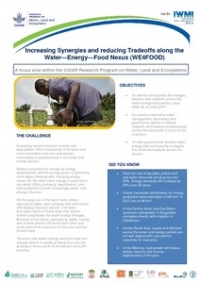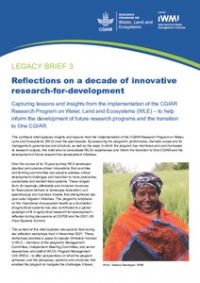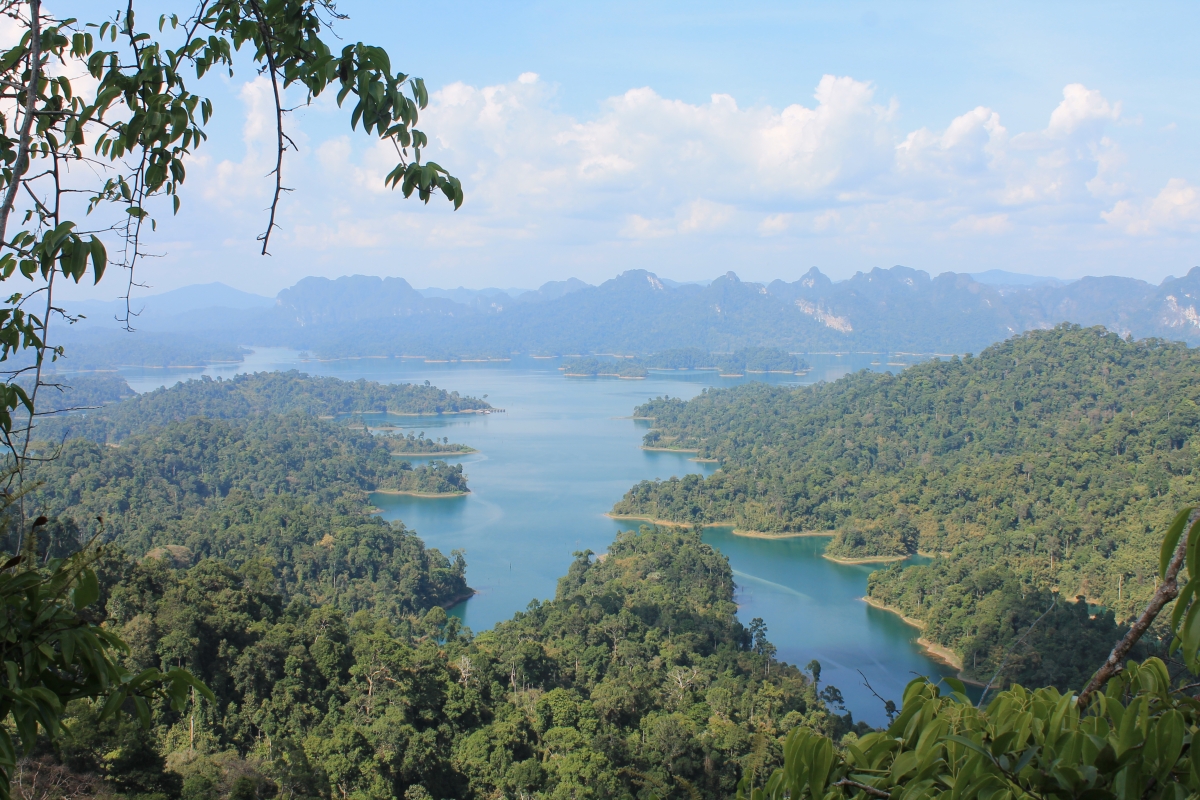
The full version of this article was originally posted on the website of the Global Water Forum: click here to read it. It has been reposted to Thrive with the permission of the authors.
To maximise downstream water quantity, you remove vegetation – all of it, including the trees. To counter rising carbon dioxide levels, you plant trees – lots of them. How should we do both?
Inaccurate assumptions about forest-water interactions are persistent, pernicious, and can lead to poor management and policy decisions. How forests affect climate and hydrology is complex. The effects of removing or adding forest cover on water resources vary with scale, spatial organisation, and management practices. More forests do not necessarily lead to more water.
Trees are significant “consumers” of water. In some arid parts of the world, the removal of trees is a strategy to increase river flow. However, we need trees for the multiple benefits and services they provide, such as the habitats they create, the carbon they store, and the water services they supply.
Reforestation and afforestation are some of the main climate change mitigation strategies being used to counteract rising carbon dioxide levels in the atmosphere. For example, the UN-REDD+ programme focuses on reducing forest emissions and enhancing carbon stocks in forests while contributing to sustainable development. Yet, mitigation actions such as those promoted by REDD+ should be implemented with consideration of the water consequences of re/afforestation. Water is a fundamental resource that trees, in the right circumstances, can help sustain. Yet planting trees for carbon storage alone may in some circumstances diminish water resources.
When planning re/afforestation activities, where is it best to plant trees that bring multiple benefits for carbon storage, other ecosystem services, and water? Are our land, water, and mitigation strategies integrated to maximise the benefits?
To read the rest of this discussion, move over to the full article at Global Water Forum.




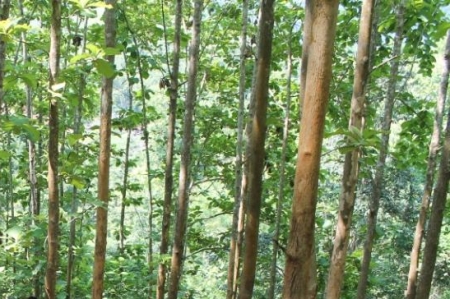

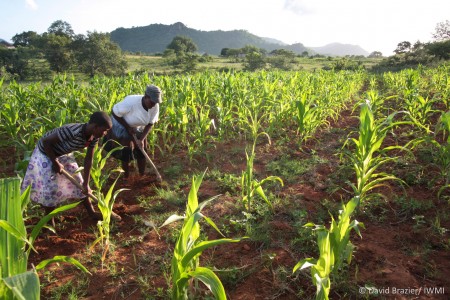


/index.jpg?itok=EzuBHOXY&c=feafd7f5ab7d60c363652d23929d0aee)




